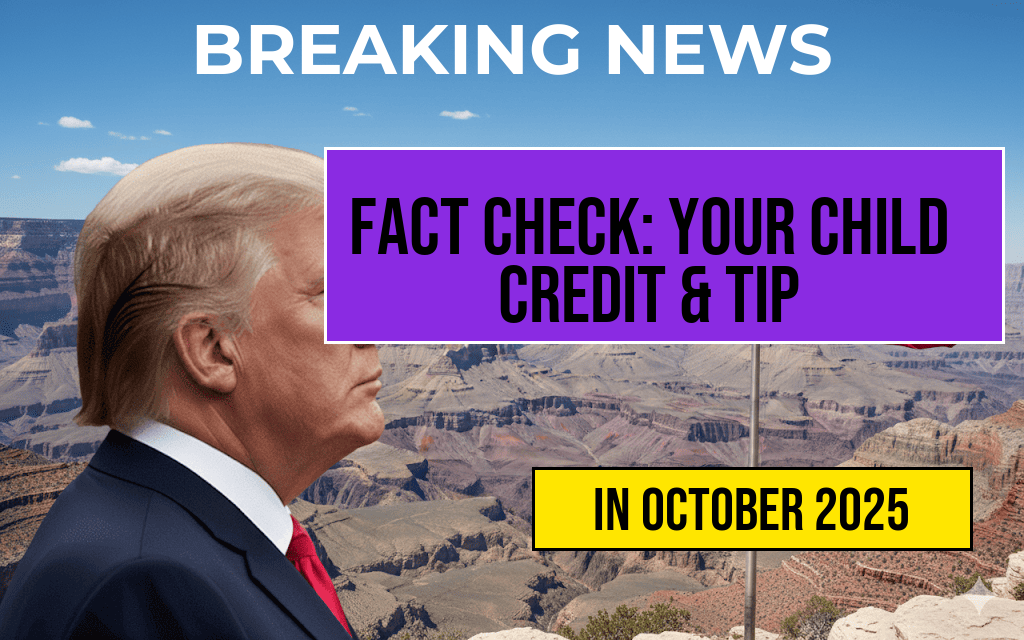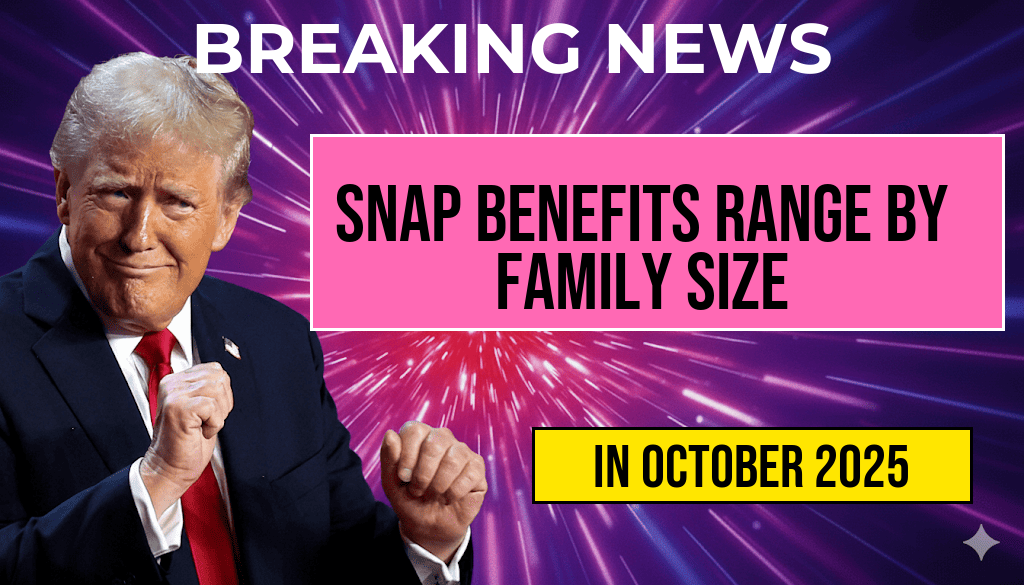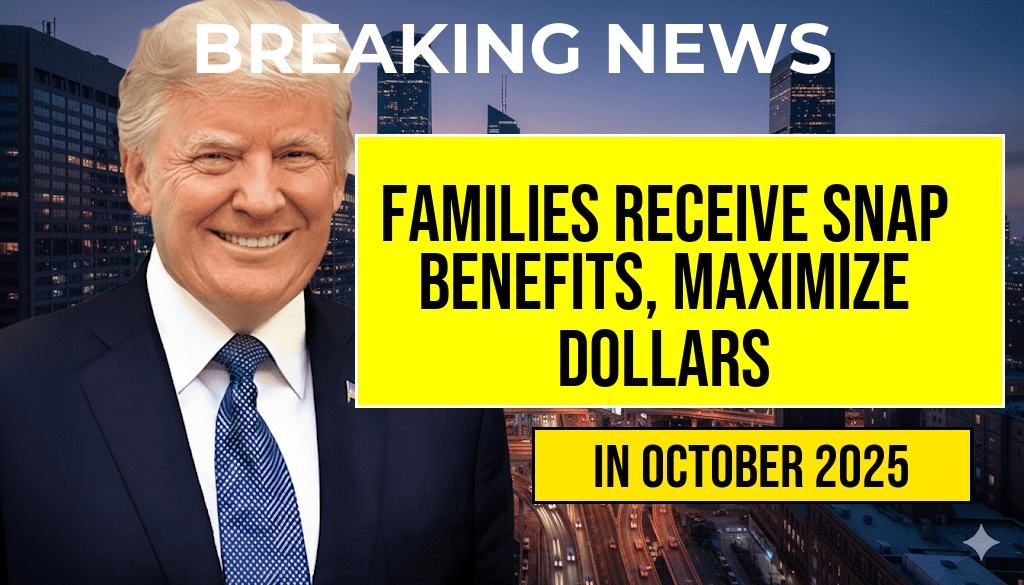Recent discussions about federal financial assistance have reignited debates over the size and scope of government aid programs. Specifically, claims about a $2,200 child tax credit and a $25,000 tip break have circulated widely on social media and news outlets, prompting many to wonder whether these figures are genuine or exaggerated. Fact-checkers confirm that, for now, these amounts are accurate representations of current programs—though they do not constitute the largest ever disbursements in their respective categories. This distinction is crucial for understanding the evolving landscape of government and private sector support aimed at alleviating economic pressures on families and workers during challenging times.
Understanding the $2,200 Child Tax Credit
Current Policy Details
The Child Tax Credit (CTC) has undergone significant modifications over the past few years, especially following the American Rescue Plan Act of 2021. Under this legislation, eligible families could receive up to $3,600 per child under age 6 and $3,000 for children aged 6 to 17, with periodic monthly payments. However, recent legislative adjustments have reverted the maximum credit to lower levels, with the current figure standing at approximately $2,200 per qualifying child for families meeting specific income thresholds.
Eligibility and Distribution
The $2,200 credit is primarily targeted at families earning below certain income limits, with phase-outs applying at higher income levels. This credit primarily functions as a tax rebate, with some families receiving advance monthly payments throughout the year. According to the IRS, millions of families have benefited from these payments, which aim to reduce child poverty and provide financial stability.
The $25,000 Tip Break: Fact or Fiction?
What Is the Tip Break?
The $25,000 tip break refers to a recent policy or industry initiative allowing workers, particularly in the restaurant and hospitality sectors, to retain larger-than-usual gratuities without facing tax penalties or reporting issues. This measure was introduced in response to increased tipping during the pandemic, aiming to support service workers amid fluctuating business conditions.
Legislative and Industry Sources
According to the Department of the Treasury, the tip break temporarily raised the threshold for reporting tips to the IRS from $20 to $25,000 for certain workers. This change was intended to simplify reporting processes and acknowledge the increased reliance on tips as a primary income source for many service employees. However, this adjustment is not permanent and is subject to renewal or modification by legislative action.
Is It the Largest Ever?
While the $25,000 tip break represents an increase over previous thresholds, it does not constitute the largest tip-related support measure in U.S. history. Past initiatives have included broader tax incentives and relief programs that provided higher or more comprehensive assistance. Nonetheless, the current break is significant, particularly for workers who rely heavily on tips, and underscores ongoing efforts to bolster income security in service industries.
Comparison with Historical Support Programs
| Program | Amount/Details | Year |
|---|---|---|
| American Rescue Plan Child Tax Credit | Up to $3,600 per child (2021) | 2021 |
| Economic Stimulus Payments (2020-2021) | $600–$1,400 per individual | 2020–2021 |
| Workplace Tip Reporting Adjustment | Up to $25,000 threshold for tips | 2023 |
While the $2,200 child credit and $25,000 tip break are notable, they are not unprecedented in their respective realms. The American Rescue Plan’s child tax credit, for instance, delivered significantly higher direct payments per child, marking a moment of exceptional fiscal support. Similarly, past tip reporting thresholds have fluctuated, but none have approached the current $25,000 mark as a permanent policy change.
Implications for Families and Workers
Short-Term Relief
For families eligible for the $2,200 child credit, these funds can alleviate immediate financial burdens, providing resources for essentials such as housing, healthcare, and education. Similarly, the increased tip threshold benefits service workers by reducing the administrative burden of reporting and potentially increasing their take-home pay.
Long-Term Considerations
Experts warn that such measures, while helpful, are often temporary and subject to political shifts. Sustained support depends on legislative priorities and economic conditions. Stakeholders continue to advocate for permanent increases in child benefits and more comprehensive protections for gig and service workers.
Sources and Further Reading
Frequently Asked Questions
What is the current status of the $2,200 child credit and $25,000 tip break?
The $2,200 child credit and $25,000 tip break are currently genuine and in effect, but they are not the largest ever. Their validity is confirmed for now.
Are the recent child credit and tip break policies permanent?
No, these policies are temporary and may change in the future. It’s important to stay updated on official announcements regarding their duration.
Why are these benefits not considered the largest ever?
Although substantial, these benefits do not surpass previous record-breaking credits or tip allowances in history. They are notable but not the largest.
How can I verify if my child credit or tips are eligible for these benefits?
To verify eligibility, consult the official IRS guidelines and ensure your qualifying income and tax filing status meet the criteria outlined in current policies.
Will there be future updates or changes to these benefits?
Yes, policy changes are possible based on legislative decisions and economic conditions. Regularly check trusted sources for the latest information on child credits and tip allowances.






